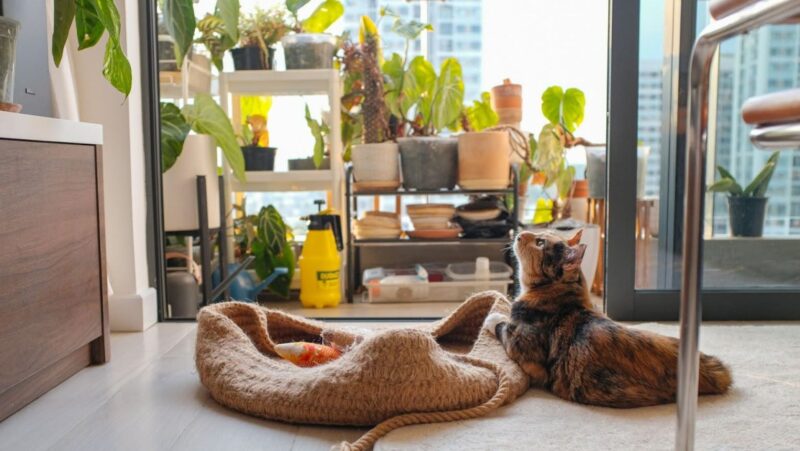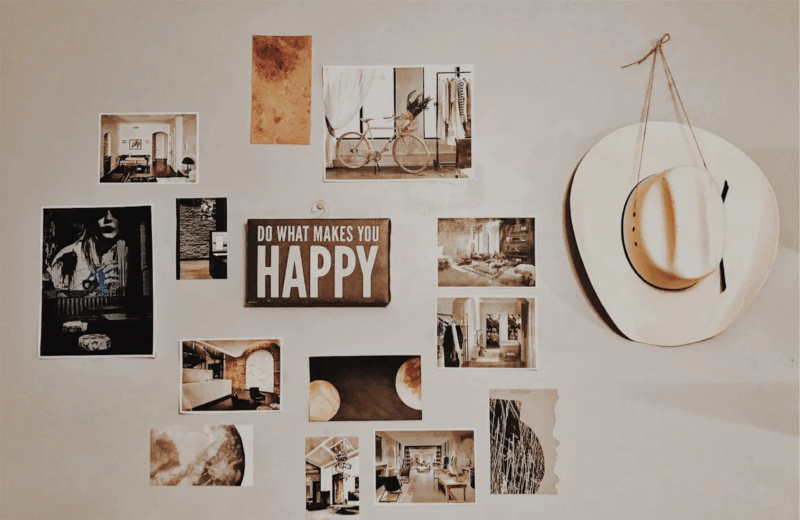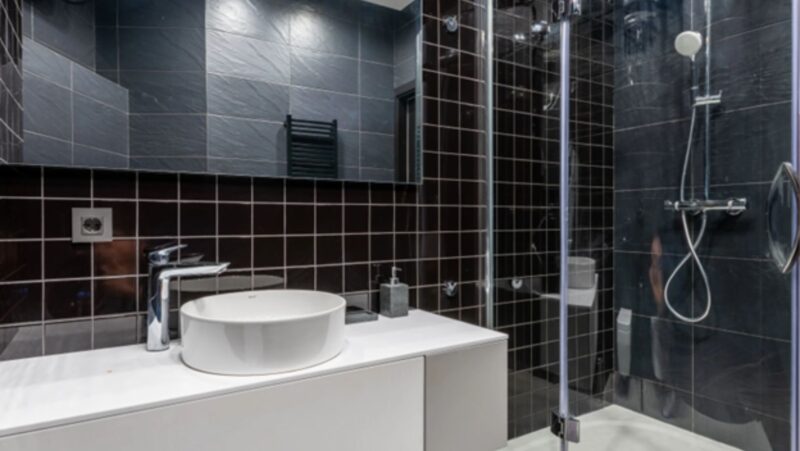
Living in a small space can feel cramped and claustrophobic at times. When it comes to bedrooms, it’s especially important that the room feels open and inviting so you can relax. If you have a tiny bedroom, there are some simple tricks you can use to make it appear more spacious. With some planning and creativity, you can transform your small sleeping space into a comfortable oasis.
Use a Room Layout Planner
One of the best ways to maximize space in a small bedroom is to use a room layout planner. This software allows you to input the dimensions of your room and try out different arrangements of furniture digitally. You can experiment with placing the bed, dresser, nightstands, and other items in various spots to see how to open up more floor space. The software shows you how much walking room you’ll have with each layout.
Choose Multifunctional Furniture
Look for furniture that can serve more than one purpose when furnishing a compact bedroom. Pieces that have built-in storage or dual uses can maximize your usable space. For example, consider using:
- A storage bed with drawers underneath for extra storage
- A nightstand with shelves rather than a tabletop to hold more items
- A dresser with a mirror attached to save space rather than two separate pieces
- A desk that folds down from the wall or has a folding top when not in use
- A bench or ottoman at the foot of the bed to hold bedding inside
Multifunctional furniture consolidates the storage and utility of pieces into a smaller footprint. This is ideal for small rooms where you want to avoid clutter.
Limit Furniture Size
When choosing furniture for a small bedroom, opt for pieces that are the right size and scale for the room. Oversized items will quickly make a compact space feel cramped. Look for beds, dressers, nightstands, and desks that are appropriately sized to fit both functionally and visually.
Measure carefully to find furniture that balances your storage needs without overwhelming the room. Scale down the sizes as needed, for example choosing a full size bed rather than a queen if space is very tight. It’s better to have a few smaller furnishings than a couple oversized pieces squeezing the room.
Use Wall Space Creatively
Take advantage of vertical wall space to get items up and out of the way. Floor space is prime real estate in a small bedroom, so utilize the walls wisely. Mounting shelving, wall cabinets, rod racks, and floating desks open up precious areas on the floor. Some ideas include:
- Floating wall shelves for books, plants, and decorative items
- A mounted rod to hang clothes or bags
- Wall-mounted lighting fixtures instead of bedside lamps
- A desk or office area attached to the wall
- Tall, narrow cabinets for additional storage
Hanging items clears the floor and makes the room feel airier. Prioritize wall space to keep floors clutter-free.
Minimize Large Accent Furniture
Bulky accent furniture like armchairs, benches, and ottomans can quickly overwhelm a petite bedroom. Skip the oversized chairs and limit additional seating in a small space. Remove any extra furniture that is taking up valuable square footage but not serving an essential purpose.
If you do want to incorporate some accent seating, look for stools, chairs with slender frames, or other compact options. Clear acrylic or Lucite furniture takes up minimal visual space as well. Just be very selective about adding any large statement pieces to keep the room feeling open.
Declutter Your Space
Clutter makes any room feel smaller, but it’s especially impactful in a tiny bedroom. Make sure to regularly purge unnecessary items and organize your possessions. Store items you rarely need in other areas of your home to keep surfaces clear.
Minimize knickknacks, throw pillows, accessories, and any other non-essentials in your sleeping space. Pick a calming, minimalist style of decor to prevent clutter from piling up, too. With less stuff, the room instantly gains breathing room.
Let In Natural Light
Natural light always brightens up a space and makes it feel more expansive. To get more daylight into a small bedroom, make sure window treatments are light and airy. You could install blinds, shades, or sheer curtains in light hues. Avoid heavy draperies that block incoming sun.
Where possible, reduce or remove architectural elements that obstruct natural light. For example, a wall or door between the bedroom and hallway could potentially be removed to create more openness. Even just widening the doorway can improve light and airflow.
Paint with Light, Neutral Colors
When painting a tiny bedroom, stick with light, neutral wall colors to keep the space feeling open. Soft hues like off-white, light grey, or mild pastels will make the room seem brighter and airier. Dark, bold paint colors have the opposite effect, closing in the space and making it feel smaller.
Painting the walls, ceiling, and trim all the same pale color makes the room appear seamless. Add visual interest with texture rather than intense color. For example, a light grey grasscloth adds dimension without darkness. Keeping the palette neutral prevents a small room from feeling overly confined.
With some smart solutions, you can take a cramped, compact bedroom and give it a relaxing and airy feel. Using room layout planner software, multifunctional furniture, mirrors, and neutral hues allows you to fake space even in a tiny area. Get creative with layouts and storage to transform your small bedroom into a restful retreat.














